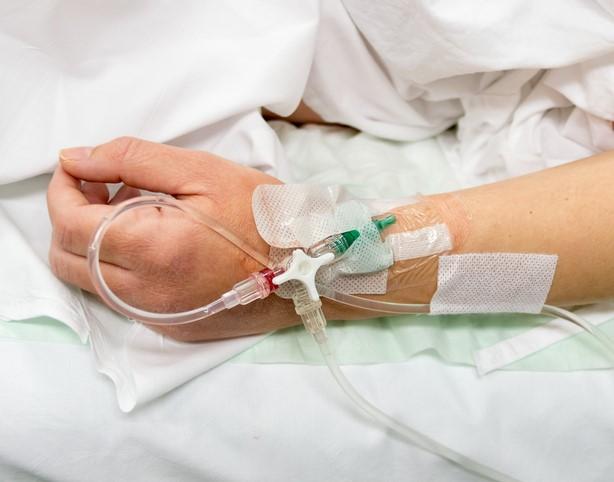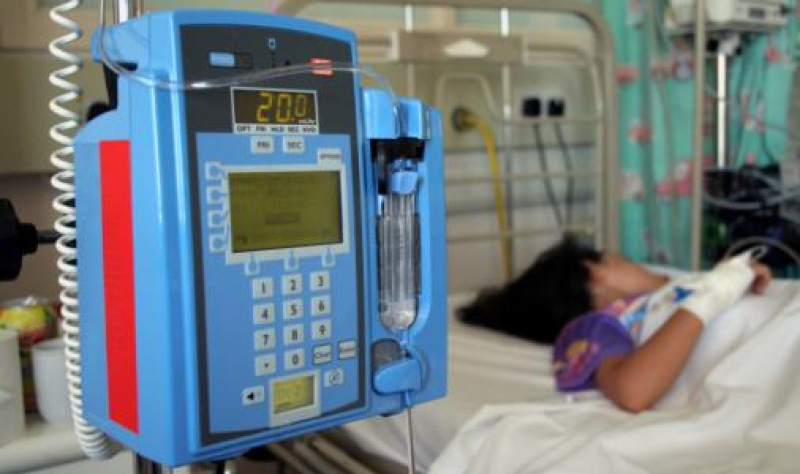BU researchers create hybrid COVID-19 virus; push back on reports it’s ‘deadly’
:quality(70)/cloudfront-us-east-1.images.arcpublishing.com/cmg/TKKISOJOR5HUTA36B6TOY6ORYA.jpg)
:quality(70)/cloudfront-us-east-1.images.arcpublishing.com/cmg/TKKISOJOR5HUTA36B6TOY6ORYA.jpg)
Researchers at Boston University tested a hybrid version of the SARS-CoV-2 virus in a lab at the university, causing concern from some and surprise from the National Institute of Allergy and Infectious Diseases, which helps fund the research.
The study involved creating a hybrid virus by attaching the spike protein from the omicron variant of the original strain of the SARS-CoV-2 virus that emerged from Wuhan, China, in late 2019 and 2020.
The researchers were testing the hybrid strain on mice “to help fight against future pandemics,” according to BU.
The results, according to BU’s National Emerging Infectious Diseases Laboratories, showed that all mice infected with only the BA.1 omicron variant had mild cases of the disease and survived.
The omicron variant began circulating last year and was very contagious, but mostly created less severe infections.
All the mice infected with the original virus, the Wuhan strain, had severe disease and died from the virus. Those infected with the hybrid virus created at the lab had more severe disease, and 80% died.
According to BU researchers, the study showed that mutations in the omicron spike protein are responsible for the strain’s ability to evade immunity built via vaccination, infections, or both. However, the mutations do not seem to be responsible for the apparent decrease in severity of the omicron viruses.
BU is refuting a series of false media claims about research at its National Emerging Infectious Diseases Laboratories. In a statement, the University called the reporting “false and inaccurate.”
Details ⬇️https://t.co/8H0lvoQgkB
— Boston University (@BU_Tweets) October 18, 2022
Answering critics of the study, the university pointed out that the research was not “gain-of-function research” — or studies that involve manipulating pathogens to make them more deadly.
“In fact, this research made the virus (replication) less dangerous,” according to an email to statnews.com from Rachel Lapal Cavallario, BU’s Associate Vice President for Public Relations and Social Media.
Other research groups have conducted similar work, Cavallario added.
The university issued a statement Monday, saying it refuted “a series of misleading claims about research at the University’s National Emerging Infectious Diseases Laboratories.
“The reports, which first appeared on Monday in the U.K.’s Daily Mail, claimed researchers at the lab had “created a new deadly COVID strain,” a message from the university read. The university responded that “… the reports are false and inaccurate,” and “… this research made the virus replicate less dangerous.”
“They’ve sensationalized the message, they misrepresent the study and its goals in its entirety,” Ronald B. Corley, NEIDL director and BU Chobanian & Avedisian School of Medicine chair of microbiology, said of the news reports.
A paper containing this research was published online Friday. The papers is a preprint, meaning the research has not yet been reviewed by other researchers.
While the research was done at the school’s laboratory under high security and funded in part by the NIAID, the agency said it was not clear that such experiments were being done.
Emily Erbelding, director of NIAID’s division of microbiology and infectious diseases, told statnews.com that the BU team’s original grant applications did not specify that the scientists wanted to create the hybrid version of the virus, nor was it made clear in progress reports that it involved enhancing a pathogen of pandemic potential.
Corley stressed that stringent safety measures were in place for such a study.
“We take our safety and security of how we handle pathogens seriously, and the virus does not leave the laboratory in which it’s being studied,” Corley said.
“Our whole goal is for the public’s health. And this study was part of that, finding what part of the virus is responsible for causing severe disease. If we can understand that, we can then develop the tools that we need to develop better therapeutics.”
©2022 Cox Media Group



